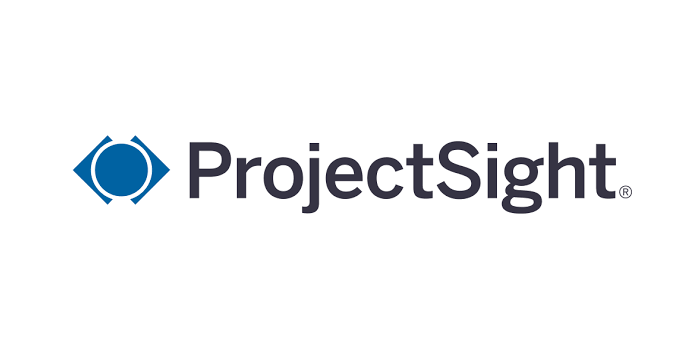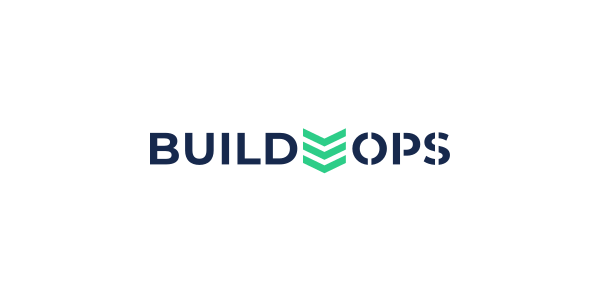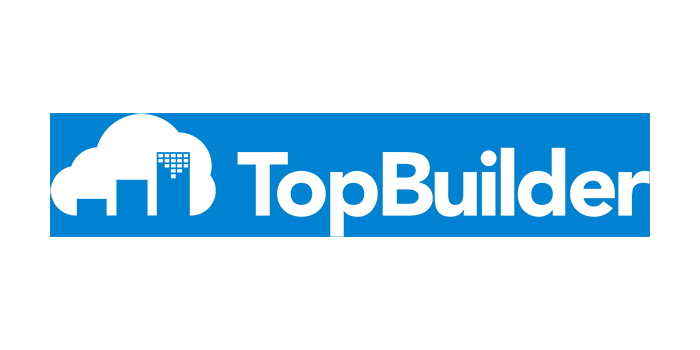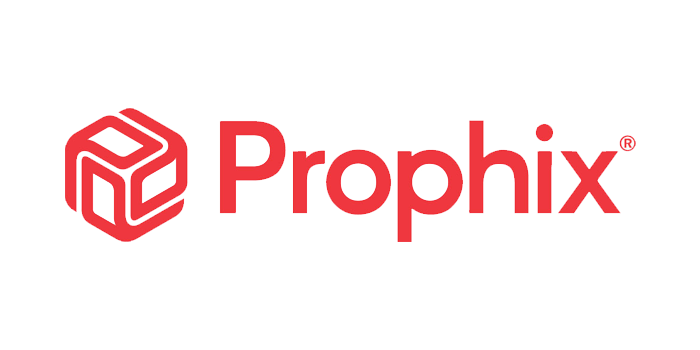
Article posted by Charity Heller on the Viewpoint blog
Do you want to make 10% more money? (Most project managers probably do!) Do you want to make 10% more money by working 10% more hours, and 10% harder? (Probably not so much.)
That’s why profitability matters, explains Leslie Shiner, author and construction financial consultant.
Most people think that increasing profitability means increasing volume ... but for busy construction project managers, selling more isn’t the easiest path to increasing profits.
Beware of selling more as a way to increase profitability.
There are a limited number of ways for contractors to increase profitability: Charge more, spend less, and sell more. Of these three, spending less and charging more are the easiest ways for a project manager to increase profit margin. Yet, the project managers themselves can play a significant role in boosting profit margin.
Read on for four ways project managers can increase profit:
- Understand construction profitability
- Don’t mistake makeup for margin
- Job cost at a fully burdened rate
- Use change orders to regain profitability
Shiner revealed these and more ways job cost accounting can save money and headaches for project managers at “A Project Manager’s Guide to the Financial Stuff,” her popular session at our recent Collaborate 2021 conference. Be sure to catch the on-demand recording!
Achieving profitability starts at the very beginning of a project, Shiner says, when estimating costs. Whether you do progress billing or milestone billing, you have to start the job off with an estimate. Your overhead — direct job costs like labor, materials, subcontractors, equipment — is non-negotiable.
1. Understand Construction Profitability
Make a distinction between those costs that are negotiable, and those that are not:
- Negotiable: direct job costs, labor, materials, subcontractors and equipment
- Not negotiable: Overhead and direct costs
The only thing that is negotiable is profit. “You could charge less by reducing your profit,” Shiner says, “but you can't reduce your overhead. So you have to be careful when talking about the term budget: Are you talking about your costs, or are you talking about the client’s costs?”
2. Don’t Mistake Markup for Margin
Many project managers talk about markup and margin as if they're interchangeable, but if you confuse these two concepts, you’re in for a loss.
Markup is always a percentage of costs. Margin is a percentage of income.
Markup is always bigger than margin.
Financial statements provide margin numbers; but they do not provide markup numbers. When someone asks, "What's my overhead?" and the response is, "Hey, your overhead's 25%!" That's a percentage of income, a margin number. It’s not the markup.
To estimate markup, take the costs that you have for the change order and multiply it times one plus the markup. For an example, using change orders: To achieve a 35% gross margin, multiply my costs by 1.54. That is, take the cost and divide it by one minus 35%, or 65%.
If your overhead is 30% and you markup everything up 35%, you’re making a profit, right? Wrong, Shiner says. You've confused markup with gross margin, and you are probably losing money.
3. Job Cost at a Fully Burdened Rate
Another way project managers can avoid a common job costing pitfalls is to use burdened, rather than unburdened, payroll costs. A burdened billing rate covers gross wage, labor burden, overhead and still leaves enough for profit. Payroll is the gross pay that you pay an employee, plus all the costs associated with paying that employee, including your profit.
For example, suppose someone is making $25 per hour gross wage. On average, this works out to about $50 per hour as a burdened rate. Typically, your markup is probably at least 100%, or double, the hourly unburdened rate.
On average the burdened rate is a 100% markup, double the unburdened wage.
Employees have a lot of associated costs. Let's take a look at the labor burden:
- Employer payroll taxes
- FICA
- Medicare
- Workers comp
- Liability insurance
- Fringe benefits
Do you pay for health insurance? Do you have pension or 401k matching that you provide? And for union contractors, there are significant additional fringe benefits.
If you do job costing using a fully burdened rate, you're going to get much more accurate job costing. You might actually have a higher cost of goods sold, because now your employees are costing more, but you'll ultimately have lower overhead and a better understanding of the true costs.
4. Regain Profitability with Change Orders
If you manage change orders correctly, you may have an opportunity to increase your gross margin. You may be able to have a higher, gross margin on the change orders than on the original project.
As the job progresses, slippage will cause your gross margin to fall. But if you manage change orders correctly, Shiner says, you can actually increase your gross margin. You may be able to achieve a higher gross margin on the change orders than on the original project.
A connected cloud platform like Trimble Construction One centralizes job costing to capture costs including labor, equipment, materials and production.
Project managers might not control the pricing of the projects—but you might have control of pricing change orders, and you may be able to raise your labor billing rates if needed. Change orders can present many opportunities to balance costs, but only if you’re tracking budgeted costs against actual costs.
Connected, cloud-based job cost accounting workflows are the best way to compare budgeted costs to actual costs in real time. And, data intelligence tools like Viewpoint Analytics give project managers even deeper project financial insights.
To track budget against actual costs, you need real-time information to compile good job cost reports. Do they tell you what you spent? Do they tell you what you spent compared to what you've budgeted to spend?













